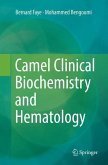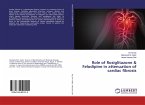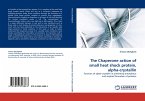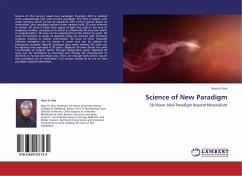The distribution of esterase isozymes in camel was investigated. The order of esterase activity was liverlung kidney third stomach intestine spleen heart plasma red blood cells. Mammalian heart, intestine, kidney, liver, lung, RBC, plasma, spleen, and stomach have 10, 15, 16, 12, 10, 0, 7, 6, and 16 esterase isozymes, respectively. Esterase was isolated from camel liver (LE3) using the following consecutive steps: solubilization with tris/HCl buffer (10 mM, pH 8), precipitation with ammonium sulfate, chromatography on Affi-gel-butyric acid and Affi-gel-oleic acid and preparative polyacrylamide gel electrophoresis. LE3 was purified to 17.8 fold with 14.1% recovery. The Km values were found as: methyl butyrate (8.3 mM), -naphthyl acetate (3.65 mM), -naphthyl myristate (66.7 mM), p-nitrophenyl acetate (0.29 mM), and phenyl acetate (5.26 mM). The Ki of LE3 inhibition by bis(4-nitrophenyl) phosphate was 7.9 M, and 58 M by phenyl-methyl-sulfonyl fluoride. The inhibition by these inhibitors is irreversible. LE3 showed a dimeric structure with molecular weight of 129 KDa. The N-terminus was aspartic acid. LE3 has N-methylated histidine.
Bitte wählen Sie Ihr Anliegen aus.
Rechnungen
Retourenschein anfordern
Bestellstatus
Storno








